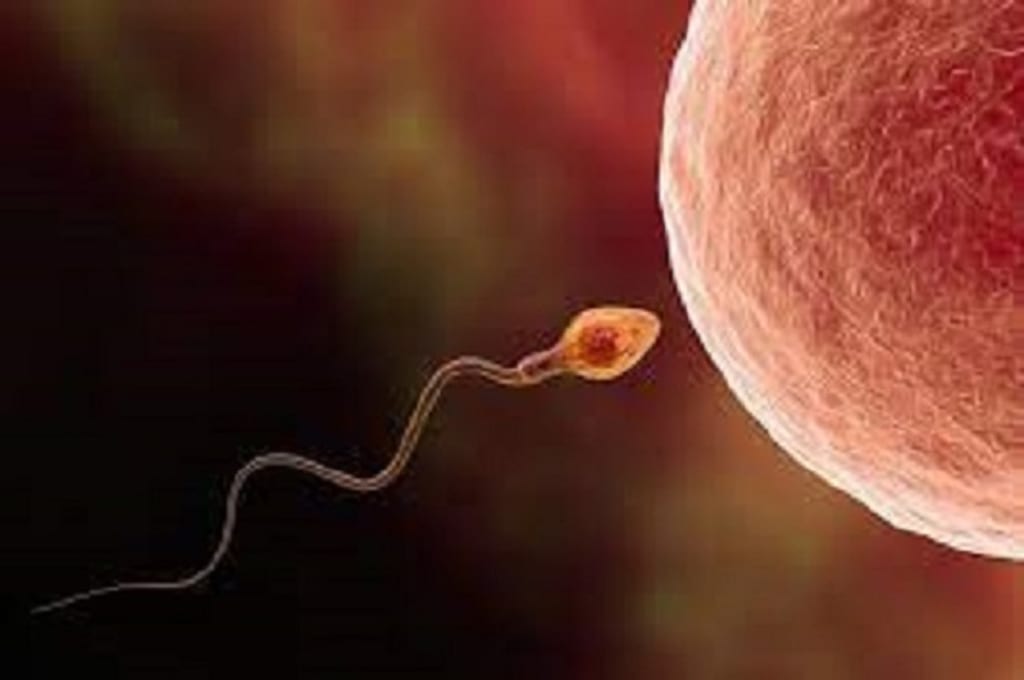6 Weird Contraceptive Methods Used in the Middle Ages
mpressive but almost all these techniques are not effective, currently there are other modern and effective ways to avoid unwanted pregnancies.

Impressive but almost all these techniques are not effective, currently there are other modern and effective ways to avoid unwanted pregnancies.
1- Crocodile feces
To avoid pregnancy, ancient Egyptian women resorted to a method that was as curious as it was painful. A pasty substance made from crocodile droppings and sour milk was introduced into the vagina or vulva. What was sought with this method was to create an acid barrier that would prevent the passage of sperm. An alternative method used by those reluctant to introduce feces into the vagina was a mixture of honey and baking soda.
2- Vaginal omen
The omen was used as a contraceptive method in the late 18th and early 19th centuries in Europe. This uncomfortable device was placed on the woman's cervix for up to four months. The object was believed to prevent newly formed embryos from implanting in the uterus and starting to develop. Some were made of rubber, metal or bone. In addition to being painful, they caused infections and were often expelled from women's bodies.
3- Jump back
Greek gynecologist Soranus recommended that women in the 2nd century jump back seven times and sneeze immediately after sex to prevent pregnancy. But Soranus didn't explain in detail how the woman could provoke a sneeze. The argument behind this idea is that the force of the sneeze causes the expulsion of semen from the woman's body.
4-Sheep and fish condoms
During the English Revolution (between 1642 and 1688), soldiers of King Charles I were given condoms made from the intestines of fish and sheep to protect them from sexually transmitted diseases. But not only soldiers used them.
At the end of the 18th century, in London, for example, there were two stores dedicated exclusively to the sale of condoms. These objects made from sheep's intestines had to be soaked in water for a few hours before being used, to make them more flexible and easier to put on. They were tied at the base of the penis with a string to keep them in place, and after use, they were carefully washed, laid out to dry and put away for the next time. In the 18th century, the womanizer and seducer Casanova opted for linen condoms. . Always inflating them first to check for leaks.
5- Drink mercury
In 7th century China, women were advised to drink a toxic metal tincture to prevent pregnancy. One of the medical prescriptions called for frying mercury in oil. This "potion" should be taken on an empty stomach. It may have worked to prevent pregnancy, but this poisonous concoction caused sterility and, in many cases, an agonizing death.
6- Ferret testicles
In Europe, during the Middle Ages, ferret testes were also used as contraceptives.
Trotula, a medical guide written in the 12th century, recommended cutting the testicles of these live animals, wrapping them in goose skin and using them as amulets to prevent pregnancy.
Currently the most used are:
Contraceptive pill
It is a hormone-based remedy that must be taken daily and is 98% effective against unwanted pregnancies. According to IBGE data, about 61% of women (more than 14 million) take this contraceptive in the country. It is almost twice as many as opt for condoms, with about 36%.
The correct use of the pill has some advantages, such as regulating menstruation, combating acne, decreasing cramps and decreasing the risk of anemia due to heavy blood loss during menstruation, because those who take the pill have a smaller menstrual flow.
However, the pill can cause side effects such as weight gain, headache and nausea, especially in the first few months of use, and increased fluid retention.
Women with a history of thrombosis, migraine or familial breast and ovarian cancer; diagnosed with diabetes or suspected pregnancy should not take the pill.
contraceptive implant
It helps to prevent pregnancy through a small plastic tube that is inserted into the inner part of the arm, under the skin, by the gynecologist and which slowly releases hormones into the blood, preventing ovulation and making it difficult for sperm to enter the uterus of the woman. women.
This device can remain in the woman's arm for up to 3 years, however it can only be put on and taken off by the gynecologist and, after removing the fertility, it returns to normal after 1 month.
Intrauterine device (IUD)
It is a T-shaped plastic contraceptive method that is introduced into the uterus by the gynecologist and can remain for about 5 years while maintaining its effectiveness. This contraceptive technique is very effective and does not cause discomfort, preventing pregnancy by the action of copper or the release of hormones that make fertilization difficult.
contraceptive injection
The contraceptive injection, such as Depo-Provera, should be applied to the arm or leg muscle once a month or every three months by a nurse at the health post.
The injection slowly releases hormones that prevent ovulation, but its prolonged use can cause delayed fertility, increased appetite, which can lead to weight gain, as well as headaches, acne and hair loss, for example.
It is important to remember that this method does not protect against sexually transmitted diseases such as AIDS. Therefore, condom use is essential during sexual intercourse.
Before choosing and using a contraceptive method, it is important to consult the gynecologist to decide which option is most suitable. The choice is made according to the woman's characteristics and history.
Is that you? How do you avoid a pregnancy?
Leave your comments..
Translation and adaptation:
Georgenes Oliveira
About the Creator
Georgenes Medeiros
53 years old, divorced, graduated in Business Administration, writer, translator, available for new challenges.
Despite everything still in search of a soul mate.
If it's you call me....






Comments
There are no comments for this story
Be the first to respond and start the conversation.